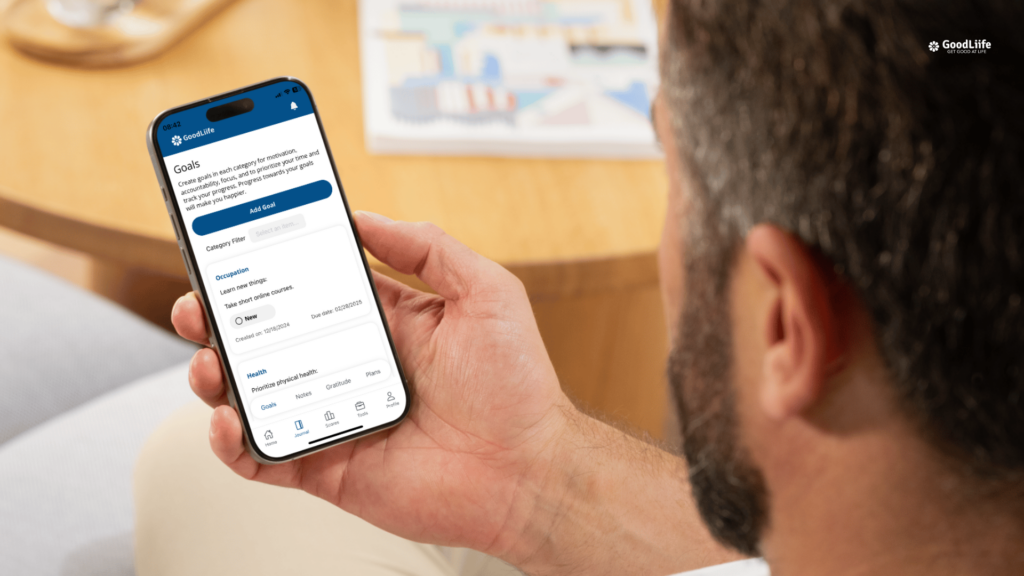Mentorship plays a crucial role in personal and professional development, offering guidance, support, and knowledge transfer between experienced individuals and those looking to grow. However, traditional mentoring programs often face challenges such as inconsistent communication, lack of tracking, and difficulties in matching the right mentors with mentees. This is where a structured mentoring program template becomes essential.
Understanding a Mentoring Program Template
Definition of a Mentoring Program Template
A mentoring program template is a structured framework that organizations and individuals can use to develop and manage mentorship programs. It provides guidelines, best practices, and tools to ensure successful mentor-mentee relationships. By following a step-by-step approach, businesses, educational institutions, and professional networks can create scalable and effective mentorship experiences.
Step-by-Step Mentoring Program Template
1. Define Objectives and Goals
- Identify the purpose of the mentorship program (e.g., leadership development, career guidance, skill-building).
- Set clear, measurable goals that align with organizational or personal development needs.
2. Identify Participants and Roles
- Determine who will be mentors and mentees.
- Establish mentor qualifications and mentee eligibility criteria.
- Define expectations for both parties to ensure alignment.
3. Create a Matching Process
- Use predefined criteria such as skills, career goals, and experience levels for pairing.
- Implement AI-powered or manual matching techniques to ensure compatibility.
4. Develop a Mentorship Structure
- Set the duration of the mentorship (e.g., six months, one year).
- Outline meeting schedules, communication methods, and key milestones.
- Provide mentorship guidelines to ensure structured interactions.
5. Provide Training and Resources
- Offer mentorship training sessions for both mentors and mentees.
- Create a resource library with mentorship best practices, guides, and educational materials.
- Encourage knowledge sharing through mentorship events or group discussions.
6. Implement Tracking and Evaluation Mechanisms
- Use progress tracking tools to monitor mentee development.
- Conduct regular feedback sessions and performance assessments.
- Adjust the program based on feedback and data-driven insights.
7. Recognize and Reward Participation
- Acknowledge mentor contributions with certificates, incentives, or public recognition.
- Celebrate mentee achievements and milestones to keep engagement high.
- Encourage long-term mentor-mentee connections beyond the formal program.

Benefits of Using a Mentoring Program Template
1. Streamlines Program Implementation
- Provides a clear roadmap for program organizers.
- Reduces time and effort required for setup.
2. Enhances Mentor-Mentee Engagement
- Ensures structured interactions for more meaningful relationships.
- Encourages accountability through defined expectations and milestones.
3. Improves Organizational Growth and Development
- Fosters leadership development and succession planning.
- Creates a culture of continuous learning and support.
4. Facilitates Measurable Success
- Enables organizations to track mentorship outcomes and improvements.
- Uses data-driven insights to refine and optimize the program.
GoodLiife Score App: A Tool to Enhance Mentorship
While a mentoring program template provides the framework, tools like the GoodLiife Score App can support mentorship effectiveness by offering self-assessment and tracking capabilities. The app features the GoodLiife ZenScore™, a personal life scorecard that helps users evaluate and improve key aspects of their lives, including career growth and personal development.

How GoodLiife Score App Supports Mentorship:
- Self-Diagnostics: Mentees can assess their strengths and weaknesses before engaging in mentorship.
- Scorecard Features: Provides a visual representation of progress, helping mentees track personal and professional growth.
- Balanced Priorities: Encourages mentees to align their mentorship goals with their overall well-being.
- Stress Reduction: Helps users manage stress and focus on long-term development.
By integrating the GoodLiife Score App into a mentoring program, both mentors and mentees can enhance self-awareness and ensure a more holistic growth journey.
Conclusion
A mentoring program template is essential for designing and managing successful mentorship programs. By following a structured step-by-step approach, organizations and individuals can create impactful mentorship experiences that foster growth, engagement, and career advancement. Additionally, incorporating tools like the GoodLiife Score App can further enhance mentorship by providing self-assessment, tracking, and well-being support. Whether you’re setting up a new mentorship initiative or improving an existing one, using a well-defined template ensures long-term success and positive mentor-mentee relationships.
Learn more about the GoodLiife Score App here or download from the App Store.

Leave a Reply